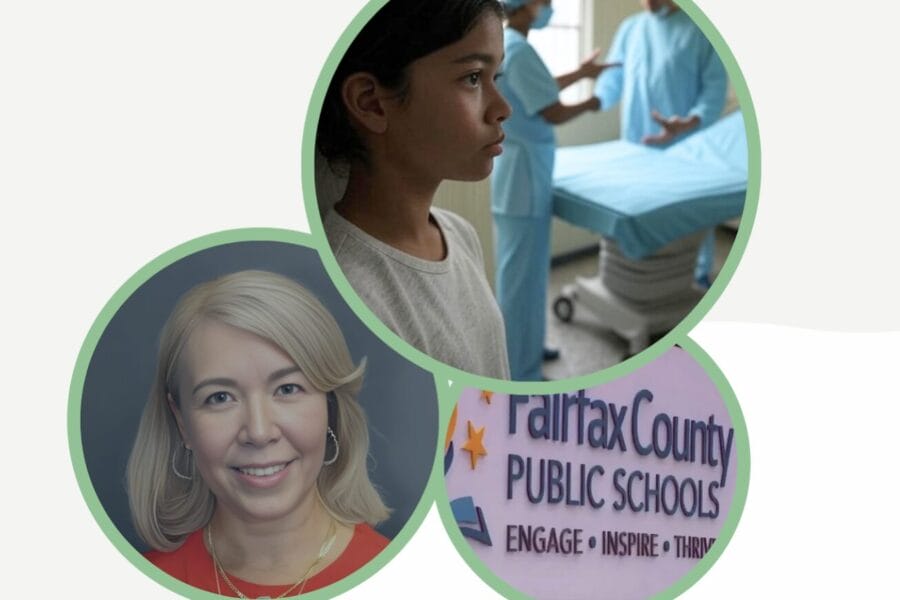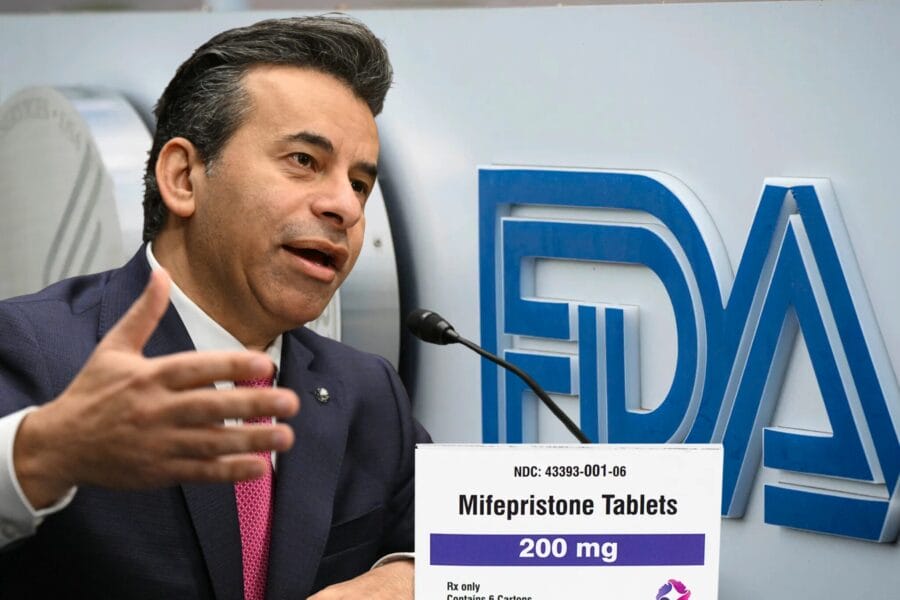During an unexpected pregnancy, a woman often faces pressure to end the life of her unborn child through a seemingly simple chemical abortion. Although usually called the abortion pill, a chemical abortion procedure actually involves two drugs—mifepristone and misoprostol. The U.S. Food & Drug Administration (FDA) has approved this drug regimen for elective abortion up to ten weeks gestation. Mifepristone is taken first and stops progesterone, the hormone that provides an unborn child with nutrients, from supporting the uterine lining. The child is thus unable to continue growing and starves to death. One to two days later, the woman takes misoprostol, which induces contractions that deliver the now dead child. The combined effect of these two drugs often brings intense pain and heavy bleeding for women, with many needing emergency intervention. However, women who regret taking mifepristone and have not yet taken misoprostol may have a chance to save their children using the abortion pill reversal (APR) process.

A woman begins the APR process after being connected to a clinician and prescribed bio-identical progesterone (having the same chemical structure as natural progesterone). She takes progesterone intensely for the first three days, using either pills or injections. Afterwards, she continues to take progesterone at least once a day throughout the first trimester. The added progesterone, when combined with a woman’s natural progesterone, will break through the mifepristone blockage and provide her unborn child with the necessary nutrients for growth.
Research of APR began in the early 2010s, but it is based on principles dating back over seventy years. Supplemental progesterone has been used since the 1950s to support pregnancies and help prevent miscarriages. Recent research shows that this process has a 64% to 68% success rate and has saved over seven thousand children.
It is critical for a woman to begin the APR regimen quickly, as she only has approximately seventy-two hours to reverse her abortion. The Abortion Pill Rescue Network is staffed twenty-four hours a day and focuses exclusively on connecting women with clinicians who can prescribe progesterone. Further, many pregnancy centers can connect a woman to an abortion pill reversal hotline or clinician in her area, and some may even be able to provide APR.
If you have taken the first abortion pill and now regret that decision, please contact the Abortion Pill Rescue Network or get in touch with your local pregnancy center through the directories listed below. For medical professionals, please see the American Association of Pro-Life Obstetricians and Gynecologists’s (AAPLOG) resources below to learn how to offer this life-saving resource.
Resources:
For women who want to reverse their abortions:
Abortion Pill Reversal Network’s Overview of APR
CareNet’s Pregnancy Center Directory
Heartbeat International’s Pregnancy Center Directory
For medical professionals wanting to learn about offering APR:
AAPLOG’s Overview of Abortion Pill Reversal
AAPLOG’s Practice Guideline, “The Reversal of the Effects of Mifepristone by Progesterone”




